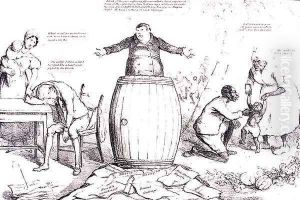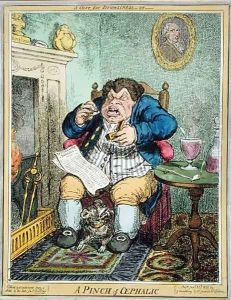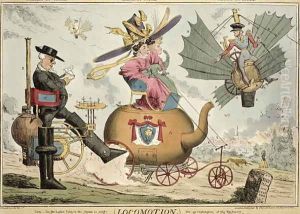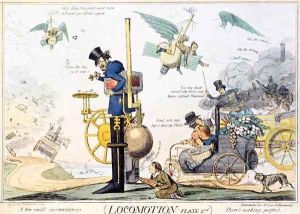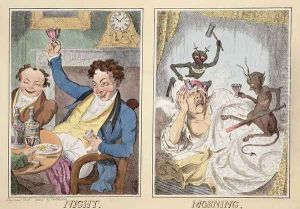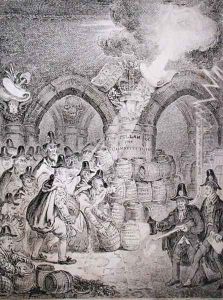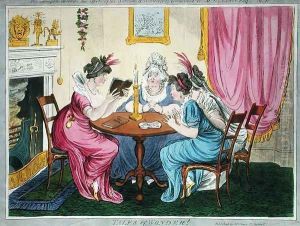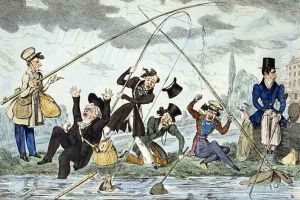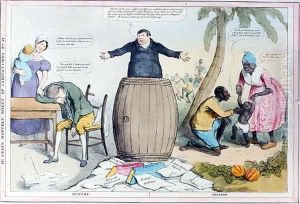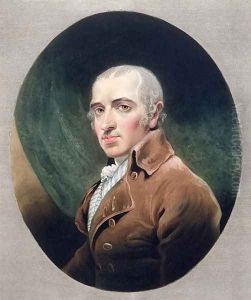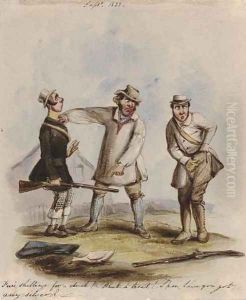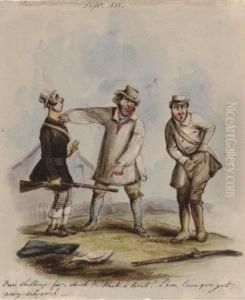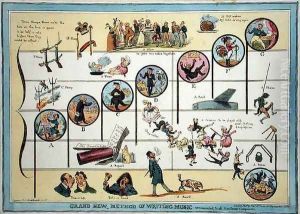Robert Seymour Paintings
Robert Seymour was an English illustrator and caricaturist, best known for his illustrations for the early issues of Charles Dickens' novel 'The Pickwick Papers'. Born in London in 1798, Seymour was a self-taught artist whose talent for drawing emerged at a young age. Initially, he apprenticed as a pattern drawer in the textile industry, but his passion for art led him to pursue a career as an illustrator.
Seymour's early work primarily consisted of humorous illustrations for periodicals and books, and he quickly gained recognition for his witty and satirical depictions of contemporary life and politics. His illustrations were characterized by their detailed and lively scenes, often packed with humorous elements and a sharp critique of social norms and political figures of the time.
In the early 1830s, Seymour's career took a significant turn when he proposed the idea of a series of cockney sporting plates to the publisher Edward Chapman. This idea eventually evolved into 'The Pickwick Papers', with Charles Dickens, then a relatively unknown writer, brought in to provide the text accompanying Seymour's illustrations. Although Dickens' vivid characters and engaging narrative soon became the focal point of the project, Seymour's illustrations played a crucial role in defining the visual imagery of the novel and contributing to its initial success.
Tragically, Robert Seymour's life and career were cut short when he died by suicide in 1836, at the age of 38. His death came amidst tensions with Dickens over the creative direction of 'The Pickwick Papers', and he had completed only a few illustrations for the series at the time of his passing. Despite his untimely death, Seymour's work left a lasting impact on the world of illustration, and his contributions to 'The Pickwick Papers' remain celebrated for their wit, ingenuity, and influence on the visual culture of the Victorian era.
